Best Pediatric Orthopedic Doctor in Gurgaon
With advancements in pediatric orthopedics, it is possible to treat bone and health deformities to ensure that these children live a normal and independent life.
Dr. Ratnav Ratan is an expert orthopedic surgeon in Gurgaon who can diagnose, treat and even manage issues related to bone, muscle and joint in children. He can resolve issues such as limb and spine deformities such as scoliosis, clubfoot, limb length differences, gait abnormalities, bone or joint infections, including tumors. He is referred to as a pediatric orthopaedist because he has received medical and surgical training to treat children with such issues.
If your child is suffering from any bone, joint or muscle-related issue, consult Dr. Ratnav to seek a suitable treatment in the best interest of your child. For accurate diagnosis and suitable treatment, let us begin with understanding pediatric orthopedic conditions vis. a vis. their treatments:
Clubfoot Deformities
Clubfoot deformities are noted at birth as the infant’s feet turn inward. The bottom of the feet will face sideways or upward. They need to be treated shortly after birth else the infant will be unable to walk normally. With timely and proper treatment, the infant can walk near normally and enjoy many physical activities as well as he or she grows up.
Treatment
Initially, the pediatric orthopedist will opt for non-surgical methods which include stretching, casting and bracing shortly after birth. The orthopedist will suggest surgical options after the failure of non-surgical methods to correct the deformity. The surgical options include adjusting the tendons, ligaments and the joints in the foot and ankle.
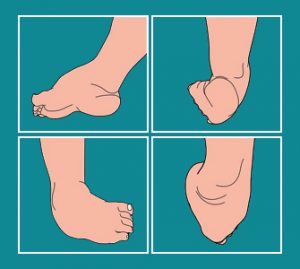
Cerebral Palsy
The children affected by cerebral palsy are not capable of controlling the movement and coordination of their muscles. Cerebral palsy arises due to damage in the areas of the brain that control movement and coordination functions.
This damage can happen before birth or at birth or during the first year of growing up. Signs of cerebral palsy you could look out for are delay in sitting, rolling over, crawling or even walking.
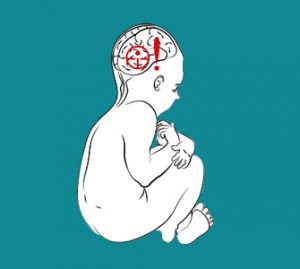
Treatment
Children affected by cerebral palsy require comprehensive treatment. The treatment could range from orthopaedics, physical therapy, speech therapy, psychology, behavioural therapy and so on. The paediatric orthopaedist will advise surgery to correct the position of the child’s arms or legs or the curvature of the spine for better mobility.
The intent is to improve muscle strength and coordination, along with balance. The treatment could include the use of braces, splints and casts, Botox injections, medications to loosen the muscles and prevent joint stiffness and seizures.
Bowed Legs and Knock Knees
In bowed legs (genu varum) condition, the feet touch each other, but the knees do not. This condition is a genetic condition and can occur due to nutritional deficiency as well.
In knock knees (genu valgum) condition, the knees touch but the ankles do not touch. These conditions are seen in toddlers as well as teenagers. Usually, the children outgrow these conditions as they grow older.
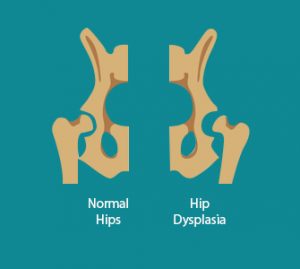
Treatment
It is best that a pediatric orthopedist should assess the condition. If the child has been diagnosed with Blount’s disease, then a brace or surgery is advised to prevent further damage to the shinbone area.
In the event of rickets, the child may need surgery to correct bowed legs which are guided growth and tibial osteotomy. Both these surgeries are performed on the shinbone to improve the alignment of the leg.
Developmental Dysplasia of Hips
Developmental Dysplasia of hips or congenital hip dislocation or hip dysplasia is a condition where the ball and socket joint of the hip is not well-formed in babies and young children. The socket of the hip is shallow, and the femoral head, i.e. the top of the thigh bone is not held correctly in place.
It is known to affect the left hip and more common in girls as well as firstborn children. If Developmental Dysplasia of hips goes untreated, the child will experience hip pain, or develop a limp or osteoarthritis.
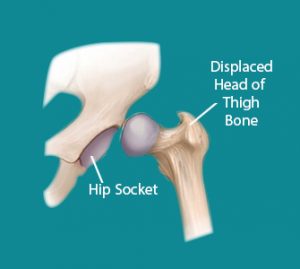
Treatment
A fabric splint known as the Pavlik harness is the first round of treatment suggested. It has to be worn continuously for best results. Its purpose is to secure the child’s hips in a stable position for normal development. It is advisable to do it before the child grows six months old.
The surgeon suggests a reduction surgery to rectify the condition and place the femoral head in the hip socket when there is no improvement after using the Pavlik harness, or the patient is more the six months old.
Musculoskeletal Infection
Musculoskeletal infection refers to the infection in the joints, bones, and muscles such as an abscess in the soft tissue, muscle or bones.
Other infections include osteomyelitis which is the infection of the bone while myositis is the infection of the muscle due to bacteria. Septic arthritis refers to infection of the joint, while pyomyositis indicates abscess in the muscle. Most infections are due to bacteria.
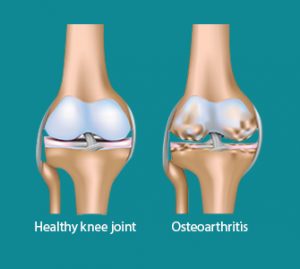
Treatment
Antibiotics are the main line of treatment. Septic arthritis could require surgical removal of the infected material along with abscess. The pediatric orthopedist will depend upon testing of bone samples and fluids to decide with antibiotics to treat the infection. Bone infections take nearly 4 to 6 weeks to treat while joint and muscle infection takes three weeks to treat.
Recurrent Patellar Dislocation
Recurrent Patellar Dislocation refers to an unstable kneecap that dislocates frequently. The dislocation could be because of irregularity in the structure of the knee or due to a previous condition or injury.
Treatment
Initially, the surgeon may suggest exercises to strengthen the quadriceps muscles in the thighs. The orthopaedic may recommend surgery if the condition of the patella does not improve even after physical therapy and braces. Surgical treatment of the recurring patella will involve reconstruction of the holding ligaments. In case the dislocation is due to bone deformity or congenital an arthroscopy will be required to resolve the issue.

Flatfoot Treatment
Flatfoot is a not so serious condition. It is noticed in babies as well. The arches of the feet of such children develop as they grow and walk. Only if the child complains of aching feet, then it is advisable to go for a checkup. A checkup by a pediatric orthopedist is advisable when adolescent children complain of pain along the bottom of the foot.
Treatment
Initial treatment involves stretching exercises for the heel cord and shoe inserts for better support. Surgical treatment is suggested in case there is no relief from pain. The intent will be to create an arch and ease the pain by lengthening the tight tendons. The surgeon will perform surgery on one foot at a time.
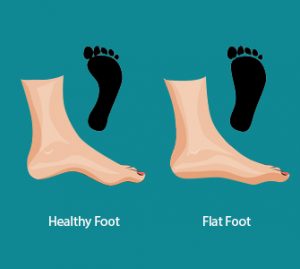
Syndactyly
Syndactyly is an abnormal connection between two or more fingers such as between middle and ring fingers or thumb and pointer finger. This condition happens during the development of the gestational period. Surgery is the only solution to syndactyly.
Treatment
The procedure of the syndactyly is done during the first two years of the child. It involves reconstruction using carefully designed flaps which include skin grafts as well. If the thumb and pointer finger or the small finger and ring finger have to be operated on, then it is done before the child is six months old. Surgery for other conditions of syndactyly is performed when the child is between 12 to 18 months old.
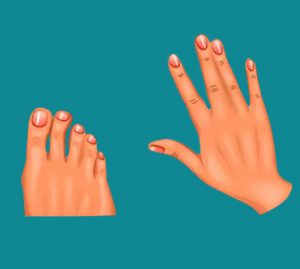
Septic Arthritis
Septic arthritis is the infection in the joint fluid and tissues. It predominantly occurs in children due to injection, surgery or injury. There are many types of bacteria viruses and fungi that cause infection in a joint. The infection can spread through genitals, a broken bone, an injury that breaks the skin or an infected wound.
Treatment
Antibiotics are the most reliable way to treat septic arthritis. In the case of pus, it will be removed or drained through a needle or surgery or tube. The pediatric orthopedist may suggest a splint on the joint for relieving the pain. If required, physical therapy is advised for muscle strength.
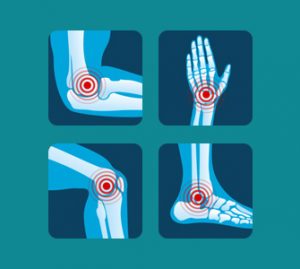
Trigger Thumb
Trigger thumb is a condition that causes a sensation of locking or catching when the thumb moved. It causes stiffness and pain too. There are instances of fingers other than the thumb that are affected by this condition known as stenosing tenosynovitis.
Treatment
The pediatric orthopedist will advise non-surgical treatment which includes avoiding using the finger, wearing a splint at night to keep the finger straight, and exercising the finger to reduce stiffness and improve the range of motion. If required, the surgeon prescribes painkillers and steroid injections to relieve pain and inflammation. Surgery is suggested only to prevent permeant stiffness. The surgical procedure is referred to as tenolysis or trigger finger release.
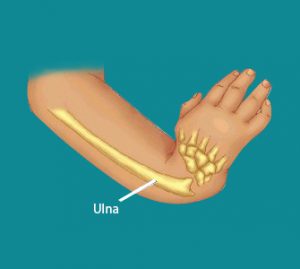
Scoliosis Treatment
Scoliosis is a condition of the spine wherein the spine curves sideways to resemble an S or C shape. It occurs in children in the age group of 10 years onwards and worsens with age. It affects the middle and lower section of the spine. There is no specific reason for most scoliosis conditions.
Treatment
Treatment primarily depends on the extent of scoliosis and the general health condition of the child. The orthopedic surgeon could begin with bracing to support the spine and prevent further curving only if the child is still growing. Surgery for scoliosis is suggested when the spine does not improve even after bracing, and the curve measures 45 degrees.

Slipped Capital Femoral Epiphysis
Some children do not have a well-connected thighbone and hipbone; hence they have weakened hip joint known as the slipped capital femoral epiphysis (SCFE).
Usually, it affects obese children, and hence they find it difficult to walk, jump and run or in performing any other physical activity. It affects boys more than girls. Surgery is only, and the best option to treat SCFE provided it is detected early.
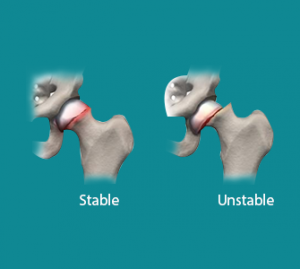
Treatment
Initially, the pediatric orthopedic surgeon will advise rest and support through crutches for stabilizing the slipped growth plate. The surgery involves inserting a metal screw into the bone across the growth plate to ensure it does not slip in the future. If required, the surgeon may advise this surgery on both the hip joints
Radial Club Hand
Radial club hand or radial dysplasia refers to a condition in which there is a short or a missing radial bone on birth. The condition causes the hand and wrist to turn inwards more towards the forearm on the thumb side. The forearm of such a child is shorter than the normal forearm. This condition is graded as per the length of the radius and the turning of the wrist. Radial club hand could be a part of the vacterl syndrome and happens during the gestational period.
Treatment
The treatment of radial club hand includes exercises, wearing of the splint or surgery for better placement of either the thumb or the wrist. Parents should seek counselling and support to adapt to a lifestyle that suits children suffering from this condition.
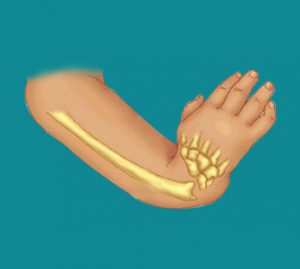
Osteomyelitis
Osteomyelitis refers to the inflammation in the bone due to bacterial infection. In most cases, it affects the long bones of the arms and legs; though it can happen in any bone of the body. The child will complain of pain, fever, fatigue and also the area above the infected bone may turn red and sore.
The pain or discomfort may resurface after a few days of recovery. An injury or an accident could lead to osteomyelitis. It predominantly happens to boys, mostly below the age of 5 years.
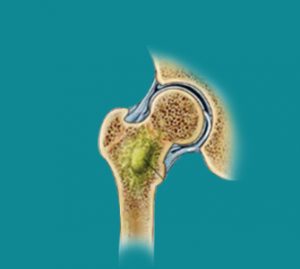
Treatment
The pediatric orthopedic surgeon will suggest medicines for pain relief accompanied by antibiotics for tackling the infection. The surgeon will perform a procedure to remove the accumulated pus, dead tissue and thoroughly clean the wound if found necessary which should accelerate the recovery process.
Frequently Asked Questions
The Young Bones Clinic is headed by Dr Ratnav Ratan, a pediatric orthopedic surgeon has established the Young Bones Clinic. The clinic offers limb reconstruction surgeries, clubfoot treatment, flatfoot treatment, limb lengthening, botox in cerebral palsy, stem cell therapy for cartilage loss and congenital deformity correction for children up to 18 years of age.
In general, most injuries and discomfort should resolve in one or two weeks. Post that, if they still complain of pain or discomfort or show signs of limping or swelling in the area, then you should give it a serious thought. Moreover, when the child or the adolescent refuses to engage in his or her favourite physical activity or the injured area is red and swollen then it is must that you consult a pediatric orthopedic surgeon right away.
Scoliosis is noticed in growing babies and young children. The spine in these children takes a sideways curves. There are various types of scoliosis. At times, it is difficult to detect and treat it in the initial stages. However, pay attention to your child’s movement is a good idea. You could look out for shoulders hanging unevenly, forward head posture, rib hump or even one leg longer than the other.
Currently, most doctors suggest beginning with detection followed by non-invasive exercises to ensure that the child maintains good health and curve does not extend further. Also, bracing and spinal fusion surgery is advised but as a last resort.




